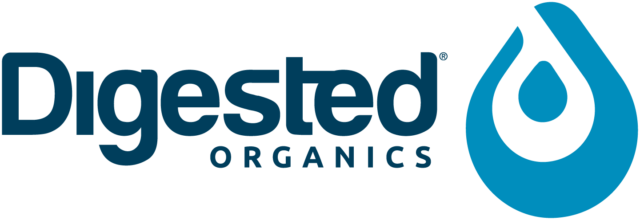The “Get Real” social media initiative rallied and unified the entire industry – and especially dairy farmers – to help raise awareness and interest in the story of “real” milk. The effort, launched by the Milk Processor Education Program with support from national and local dairy checkoff organizations, used Jan. 27 to play some offense, break through the clutter and capture consumer attention through social media channels using the #milktruth hashtag.
In all, more than 700 farmers, dairy advocates, third-party experts, dairy checkoff staff and others helped drive total online/social impressions to more than 64 million, an unprecedented level of activity for the dairy industry.
As expected, this success also caught the attention of anti-dairy activists and special-interest groups who used the opportunity to promote their plant-based diet/vegan platforms and to disparage the hard work of America’s dairy farmers.
Many of the attacks were personal and were posted to dairy farmers’ Facebook pages and Twitter feeds. And, while it’s always an individual decision on whether to engage with those who have opposing points of view, responding can often keep such “conversations” alive.
“It was a great reminder that ‘reasoning’ with activists may not be the best idea,” said Mollie Waller, executive vice president and chief communications officer for DMI. “While you may have the best of intentions, most activists don’t want to engage in a real, reasoned conversation.
“It’s like trying to have a productive conversation with someone who just wants to shout at you,” Waller said.
Overall, the “Get Real” effort confirmed that the entire dairy industry – and its many advocates – can rally around a unified message and approach to help protect and grow public trust in dairy.
“We have the right people speaking for dairy about the things that matter most to our consumers. The insights gleaned from this effort help pave the way for an even greater impact as we work to activate the industry in the future,” Waller said.PD
You can set the rules for online conversations
Do you have an overview statement for your social media properties that sets the rules? This is something you can post in the “About” section of your properties that details what is and what is not allowed on your social media space so you “own” the comment section.
Here is an example of how you can establish your guidelines:
“Thanks for visiting! We enjoy engaging in positive conversations about the dairy industry. In order to foster a learning environment and make this space respectful, we reserve the right to remove any comments/posts that include vulgar language, name-calling or slander.”
You also can change your page settings:
- Facebook allows you to control the language/profanity used in posts to your timeline under “settings.”
- If you blog, enact moderating comments that require your approval before being posted on your blog.
Remember, engaging with a member of an activist group is a personal decision and one with a downside. The goal of most activists is to see you become upset so other followers will see your reaction.
If you need further assistance, please contact your local dairy checkoff staff by visiting this website.
Test your answer
What is the best policy when dealing with special-interest groups that visit your social media properties?
ANSWER: Activists and others with an anti-dairy agenda oftentimes try to get a reaction out of you. This is why they post false information, as a way to evoke anger about the work you do each day on your farms. Saying nothing and ignoring the conversation is always the best approach, no matter how hard it may be. Keep in mind this reasoning: You don’t have to attend every fight you’re invited to.
Your Dairy Checkoff in Action – This update is provided by Dairy Management Inc. (DMI), which manages the national dairy checkoff program on behalf of America’s dairy farmers and dairy importers. DMI is the domestic and international planning and management organization responsible for increasing sales of and demand for dairy products and ingredients.






